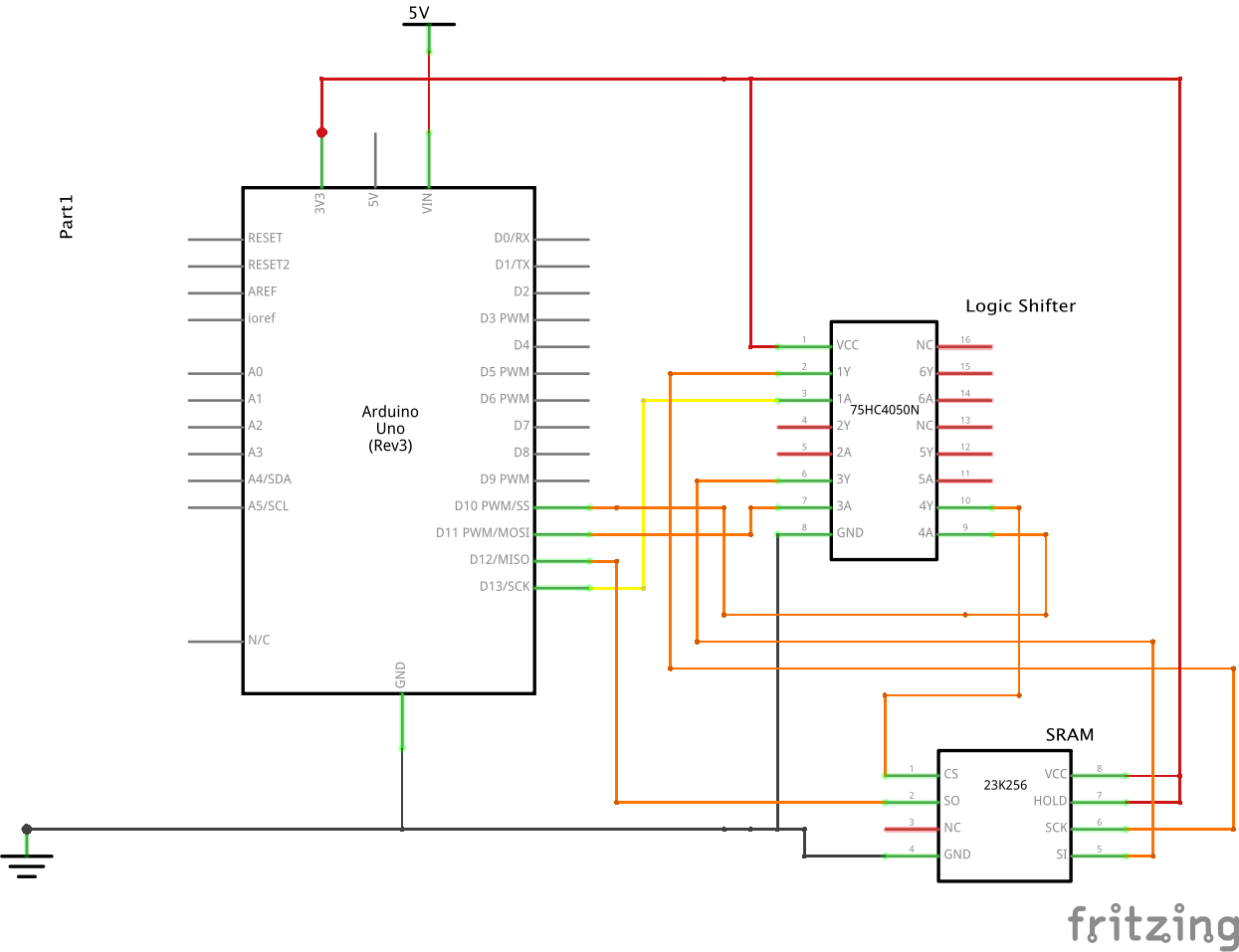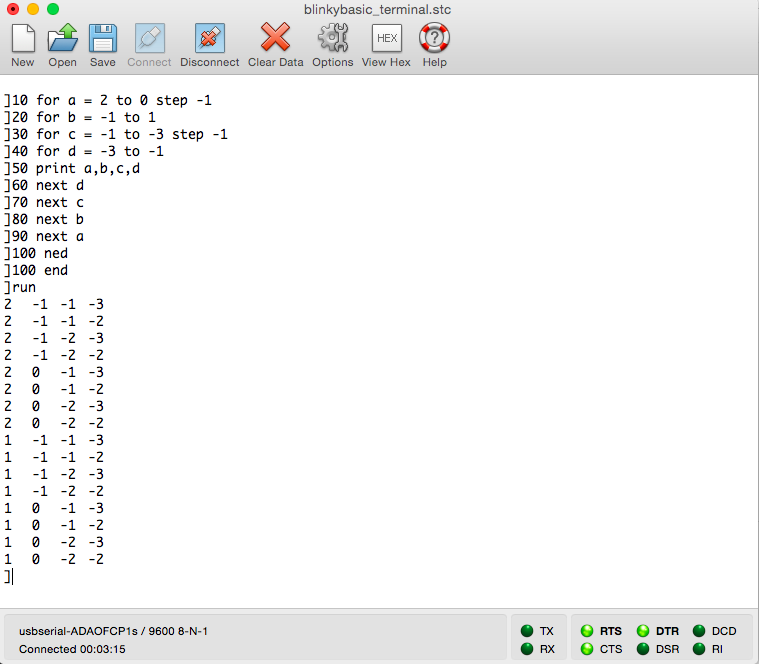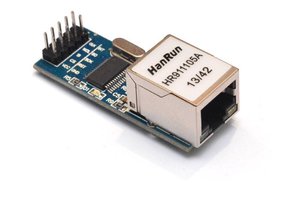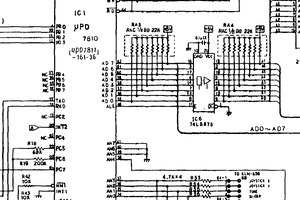** this program is a work in progress **
but there are some fun things you can do.
to get it running first you need and arduino uno (or just a atmega328p) and a 23K256 SRAM. There is a schematic in the image gallery.
next download the tar file from the links and extract it using tar -xvf blinkyBasic.tar
or optionally grab the blinkyBasic.txt file and rename it blinkyBasic.asm and compile it with gavrasm.
then flash the arduino with avrdude. you need to id the usb serial connection in /dev/ then
$ avrdude -v -p atmega 328p -c arduino -P /dev/tty.yourserialid -D -U flash:w:blinkyBasic.hex:i
then open up a serial terminal app (I like Cool Term) and set it to 9600 baud. You may need to set preferences to handle backspace, tabs, bell char.
Here is a read me file that describes working commands and statements:
This program is supposed to work like Integer BASIC. Check out this link http://www.landsnail.com/a2ref2.htm
 Bob Burns
Bob Burns






 mitxela
mitxela
 mateusz.kolanski
mateusz.kolanski
 Lee Hart
Lee Hart
 agp.cooper
agp.cooper
If I'm not mistaken, the Arduino is based on the Atmel family of devices. Aren't they sort of i8051-like devices? If so, you might look at Intel's Tiny Basic or Bascom-51. The Source code is out there on the web and may help speed up your development. Good luck.; I'd love to use it.